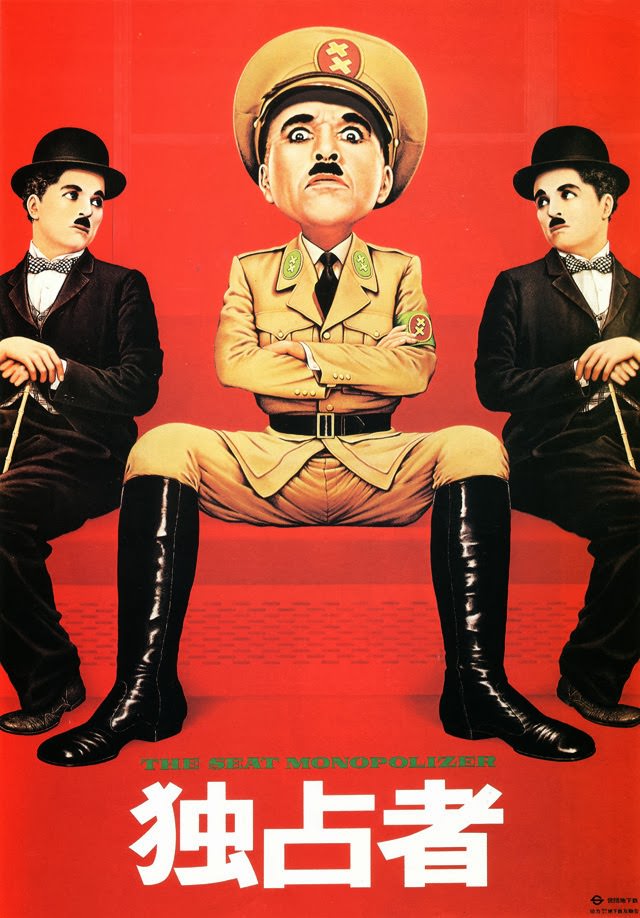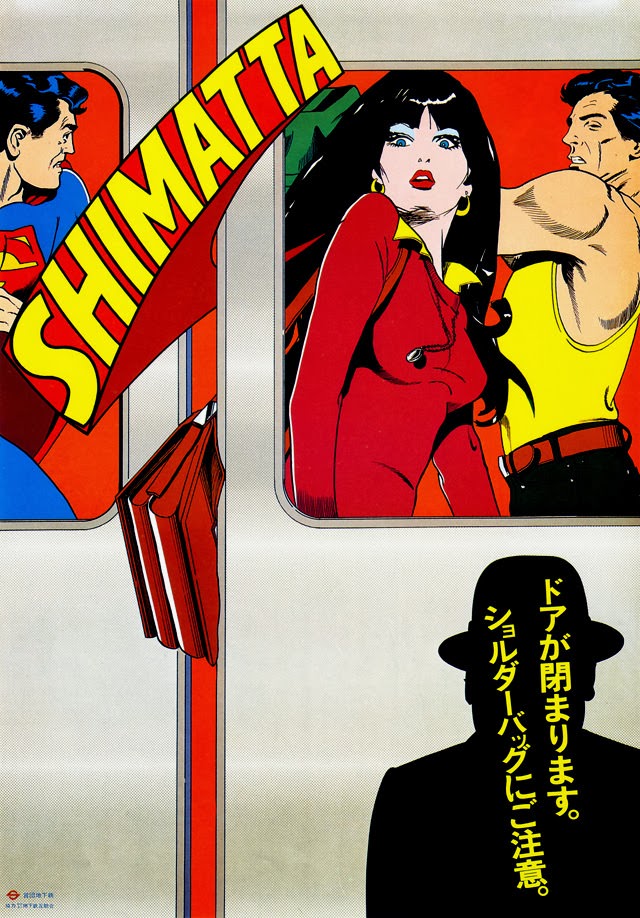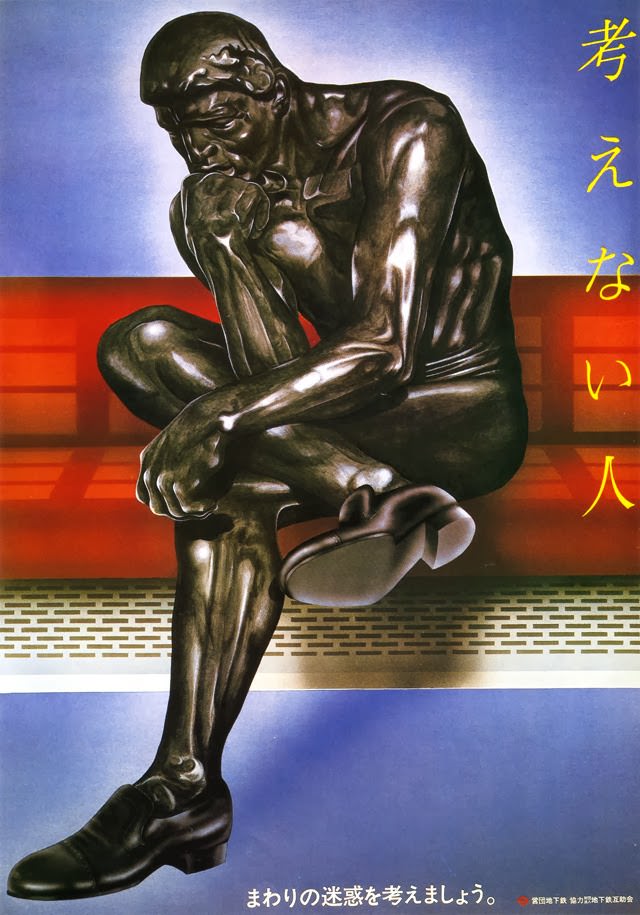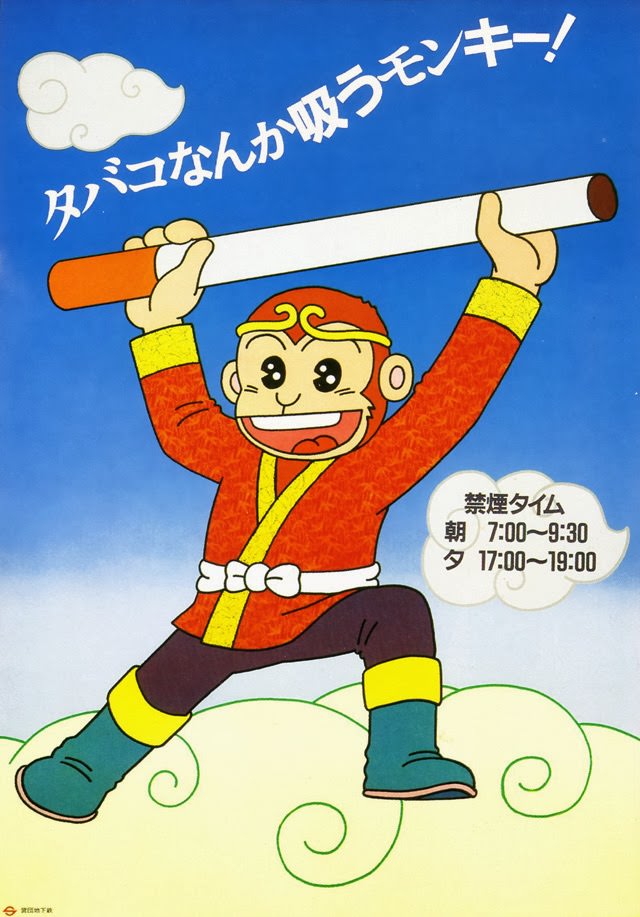From the mid-1970s to the early 1980s, Tokyo’s subway system showcased a unique series of posters that captured the attention and amused the daily commuters. These posters, designed by the talented graphic designer Hideya Kawakita, were not just informative but also hilarious. They aimed to promote proper subway etiquette using humor and iconic imagery.
During this period, subway systems worldwide relied on posters and signs to communicate important messages to passengers. However, Tokyo’s approach stood out. Kawakita’s posters featured appropriations of well-known Western figures such as Hitler, Superman, Marilyn Monroe, and Santa Claus. This clever use of familiar faces made the messages memorable and effective.
One notable poster depicted Superman holding a train pass with the slogan encouraging passengers to display their train passes clearly. The image of the superhero in his iconic pose, yet in a mundane context, brought a smile to the faces of many commuters. It was a humorous reminder that even superheroes follow the rules.
Another poster featured a comically exaggerated image of Hitler, reminding people not to smoke on the platform during rush hour. The stark contrast between the serious historical figure and the light-hearted message was striking. It effectively conveyed the importance of adhering to the rules in a memorable way.
Marilyn Monroe’s image was used in a poster discouraging the habit of spitting gum. The glamorous icon was shown in a humorous context, making the message resonate with the public. Using such a universally recognized figure to address a common issue was a brilliant move by Kawakita.
The posters were a hit among the public. They not only served their purpose but also became a beloved part of the daily commute for many Tokyo residents. The blend of humor, creativity, and important messages showcased Kawakita’s genius in using art to influence behavior positively.
#1 Three annoying train monsters (October 1982).
#2 Don’t throw chewing gum on the platform (September 1976).
#3 The Seat Monopolizer (July 1976).
#4 Don’t forget your umbrella (June 1977).
#5 Space Invader (March 1979).
#6 Isami-ashi: Wait behind the white line (May 1979).
#7 Don’t forget your umbrella (October 1981).

The text at the top of this poster -- which shows Jesus overwhelmed with umbrellas at the Last Supper -- reads "Kasane-gasane no kami-danomi" (lit. "Wishing to God again and again"). The poster makes a play on the words "kasa" (umbrella) and "kasane-gasane" (again and again).
#8 Shimatta (March 1977).
#9 Coughing on the platform (January 1979)

Modeled after the paintings of Henri de Toulouse-Lautrec, this poster -- titled "Hōmu de Concon" (coughing on the platform) -- urges people not to smoke on the train platforms during the designated non-smoking hours (7:00-9:30 AM and 5:00-7:00 PM). The poster makes a play on the words "concon" (coughing sound) and "cancan" (French chorus line dance).
#10 Dream at home (December 1981).
#11 The Non-Thinker (May 1981).
#12 Kappa, (August 1979).

The image of a kappa (river imp) against a backdrop of lit cigarettes serves as a reminder not to smoke on the platform during the designated non-smoking hours (7:00-9:30 AM and 5:00-7:00 PM). The text at the top of the poster reads "Gaman gurai wa he no kappa," which translates loosely as "waiting is no big deal."
#13 Umbrellas left behind in the subway (June 1976).

This Marilyn Monroe poster aims to remind passengers to take their umbrellas with them when they leave the train. The text in the top right corner -- "Kaerazaru kasa" (umbrella of no return) -- is a play on "Kaerazaru Kawa," the Japanese title for "River of No Return," the 1954 movie starring Monroe.
#14 I’ll stand up (July 1979).
#15 Do not rush onto the train (April 1979).

This poster advises passengers not to rush onto the train at the last moment. The text (かけこみ禁寺) is a play on the words かけこみ禁止 (kakekomi kinshi - "don't rush onto the train") and かけこみ寺 (Kakekomi-dera - Kakekomi temple), which has long been known as a sanctuary for married women fleeing their husbands.
#16 Clearly show your train pass (September 1978).

The image of Napoleon holding a partially concealed train pass is meant to remind passengers to clearly show their train passes to the station attendant when passing through the gates. The dictionary page in the background appears to be a reference to Napoleon's famous quote, "The word 'impossible' is not in my dictionary."























